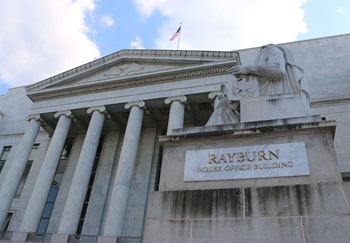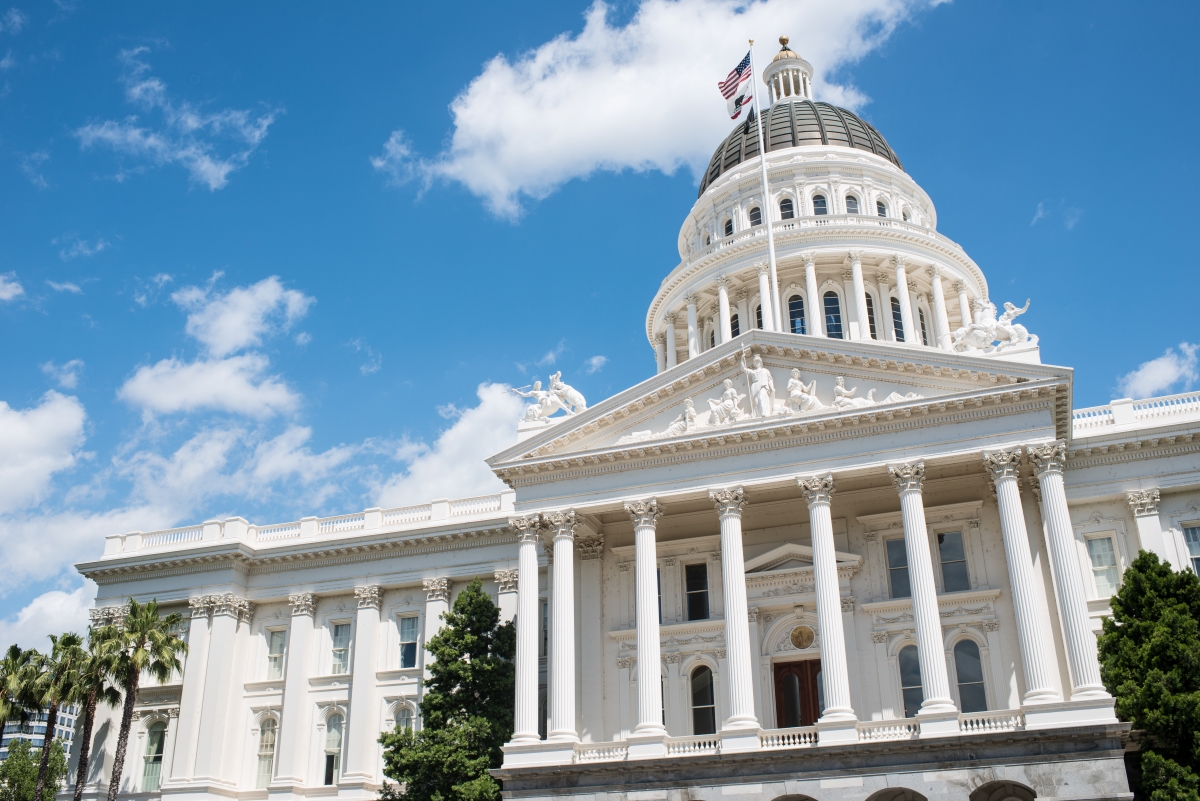By: Andy Harig, Senior Director, Sustainability, Tax and Trade, Food Marketing Institute

The Trump administration is now past the “first 100 days” and looking to engage on longer-term issues. Congressional Republicans and the President have identified tax reform as one of their top priorities and are beginning to firm up plans for how to proceed. While discussions have been buzzing in Washington, D.C., questions remain as to whether lawmakers and the White House can agree on who will control the process or what a reformed tax code should look like.
Then-candidate Trump released two detailed tax reform plans during the campaign and his staff recently put out a third. The Senate has been drafting its own proposal for almost two years now, but has shifted gears to try and develop a set of proposals that can be integrated with what the President and House are working on; we have not seen the results of these efforts released publicly. So, observers looking to get a jumpstart on planning what tax reform might actually look like have to turn to the House for insight.
Speaker of the House Paul Ryan (R-WI) and U.S. House of Representatives Ways and Means Committee Chairman Kevin Brady (R-TX) have presented House Republicans’ views on tax reform as part of the “Better Way” legislative agenda. The plan is comparatively detailed, but leaves many questions about how proposals will get converted into legislative language. The blueprint is a very traditional “lower rates, broaden the base” approach to reform – it drops the corporate rate from 35% to 20% and creates a special 25% rate for pass-through companies, eliminating a host of deductions along the way. There is, however, one new and unusual twist to the House plan - Chairman Brady stated he plans to move forward with implementing a border-adjustment tax (BAT) to encourage U.S.-based production.
Generally, the BAT would limit or eliminate the deductibility of imported products from the calculation of gross receipts. Under this new tax, only domestic products would be deductible as cost of goods sold (COGS). Even with the steep drop in top marginal rates, retailers are likely to face sharply higher tax bills under this system. This new “tax on imports” is being proposed to help pay not only for lower rates, but also for exports.
The downside of the BAT is obvious: an increase in importers’ tax bills will almost certainly have to be passed along to consumers. There is simply no room for retailers to absorb these new costs. In effect, American consumers are being asked to foot the bill for tax-free exports made by companies.
Early estimates indicate that, if the BAT is passed, the cost to consumers will amount to more than $1,700 annually. This increase would obviously put a strain on most families, particularly in hard-working, middle-class America. As the nation’s largest private-sector employer, retail would be tremendously affected by this tax. Many retailers could be forced to downsize or even eliminate jobs, harming the economy and communities.
With much uncertainty surrounding this issue, I highly encourage you to contact your member of Congress and voice your concerns. With a proposal this extreme and potentially expensive, legislators need to hear your voice. It is also beneficial for you to share specific company numbers with legislators, so they can hear how this would affect Americans in their district. For more information and resources visit FMI.org/TaxReform.

 Industry Topics address your specific area of expertise with resources, reports, events and more.
Industry Topics address your specific area of expertise with resources, reports, events and more.
 Our Research covers consumer behavior and retail operation benchmarks so you can make informed business decisions.
Our Research covers consumer behavior and retail operation benchmarks so you can make informed business decisions.
 Events and Education including online and in-person help you advance your food retail career.
Events and Education including online and in-person help you advance your food retail career.
 Food Safety training, resources and guidance that help you create a company food safety culture.
Food Safety training, resources and guidance that help you create a company food safety culture.
 Government Affairs work — federal and state — on the latest food industry policy, regulatory and legislative issues.
Government Affairs work — federal and state — on the latest food industry policy, regulatory and legislative issues.
 Get Involved. From industry awards to newsletters and committees, these resources help you take advantage of your membership.
Get Involved. From industry awards to newsletters and committees, these resources help you take advantage of your membership.
 Best practices, guidance documents, infographics, signage and more for the food industry on the COVID-19 pandemic.
Best practices, guidance documents, infographics, signage and more for the food industry on the COVID-19 pandemic.
